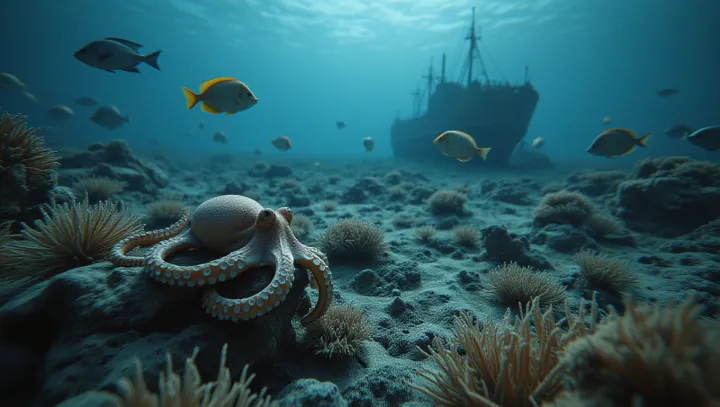Oxygen Desert Underwater: A Silent Crisis

Across the globe, hypoxic areas—regions with critically low oxygen levels—have begun to emerge as silent threats beneath our oceans' surfaces. Locations like the Gulf of Mexico and the Baltic Sea are seeing alarming increases in these zones, posing dire risks to marine biodiversity. Scientists emphasize that the expansion of these hypoxic zones results from agricultural runoff and climate change.
Agricultural activities contribute to nutrient pollution, leading to algal blooms that deplete oxygen. Climate change exacerbates these conditions by increasing sea temperatures, reducing oxygen solubility. Dr.
Emily Carter, a renowned marine biologist, warns, 'The increasing hypoxic zones can lead to drastic changes in ecosystems, pushing species to extinction. Marine life adapting to such conditions may not survive the rapid environmental shift.' As ecosystems struggle, ripple effects on global fisheries and food security are inevitable. Efforts are underway to address this pressing issue.
International organizations and local governments are collaborating to reduce nutrient runoff and implement sustainable agricultural practices. However, substantial action against climate change is imperative to reverse these trends effectively. The urgency of these actions cannot be overstated, as marine ecosystems are critical not only to ocean health but to the global environmental balance.
As the hypoxic crisis unfolds, the world watches, hoping for measures that will sustain the cherished diversity of life beneath our oceans.
